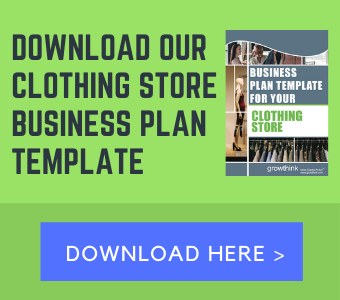Clothing Store Business Plan Template
If you want to start a Clothing Store business or expand your current Clothing Store, you need a business plan.
The following Clothing Store business plan template gives you the key elements to include in a winning Clothing Store business plan. It can be used to create an online clothing store business plan, a women’s clothing boutique business plan, or business plans for a men’s clothing store, family clothing store, children’s clothing store and more.
Below are links to each of the key sections of a sample Clothing Store business plan:
I. Executive Summary
II. Company Overview
III. Industry Analysis
IV. Customer Analysis
V. Competitive Analysis
VI. Marketing Plan
VII. Operations Plan
VIII. Management Team
IX. Financial Plan

